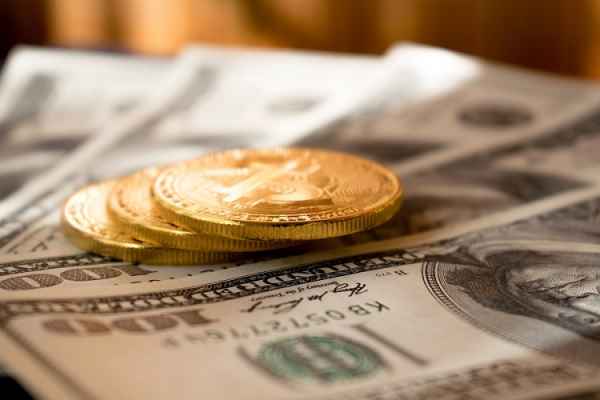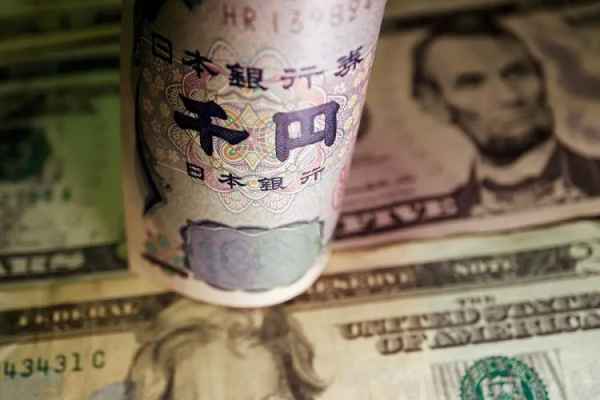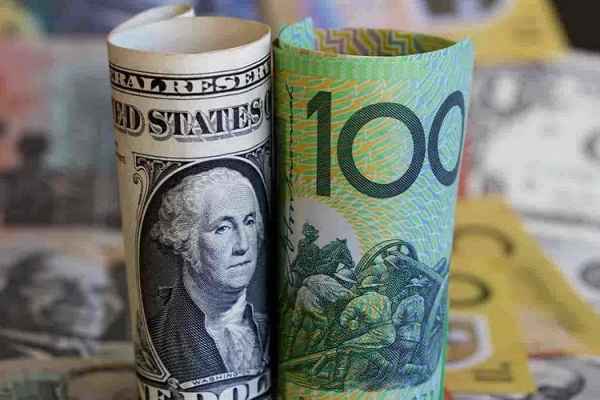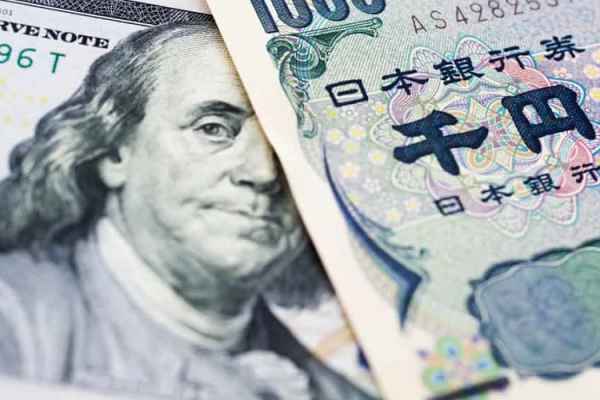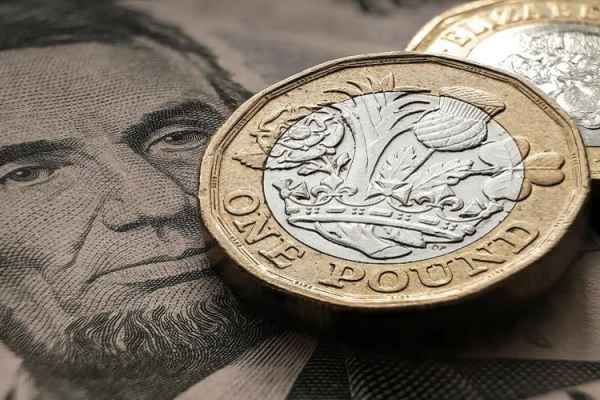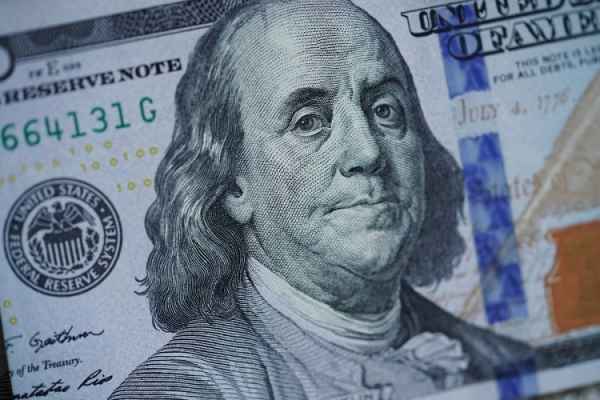EUR/USD soared to the 1.0930 range, while EURJPY reached its highest level in 15 years due to ECB hikes in interest rates,
In a highly anticipated policy meeting on June 15th, the European Central Bank (ECB) delivered a surprising and hawkish stance, resulting in substantial gains for the euro. The EUR/USD pair jumped by nearly 1.0%, reaching 1.0930, while the EUR/JPY pair achieved its highest level in 15 years.
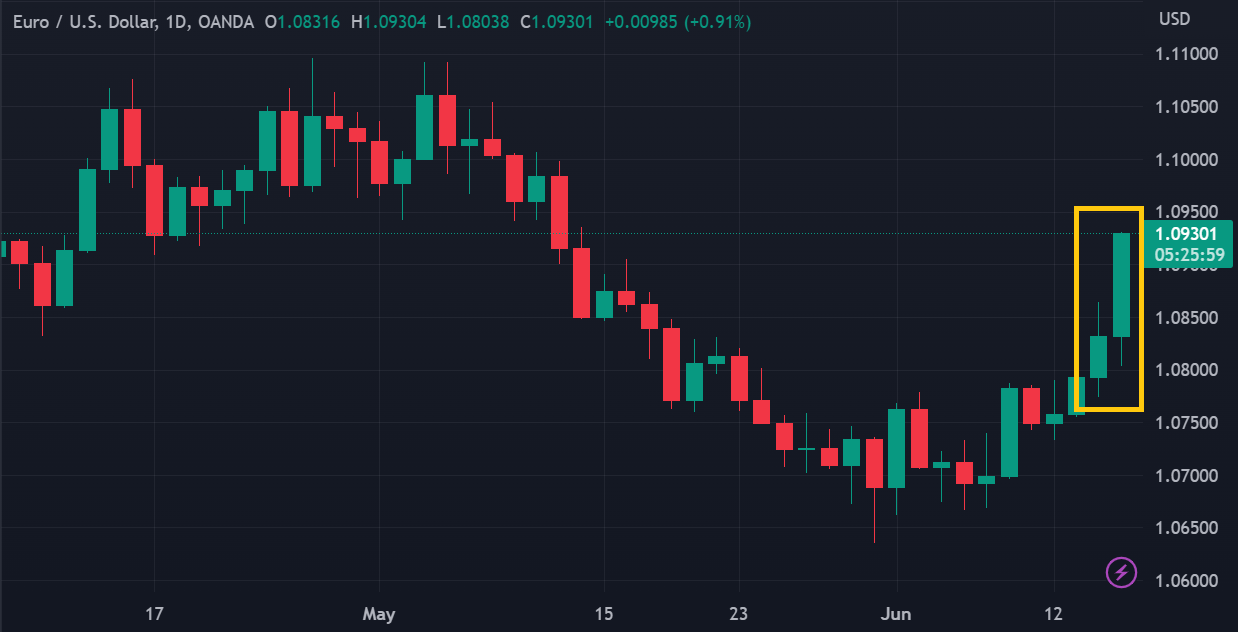
During the policy meeting, ECB officials agreed to raise interest rates by 25 basis points, bringing the deposit facility rate to a 22-year high of 3.5%. They also raised their inflation projections for this year and next, so market participants expect the ECB to continue raising interest rates in the coming months to curb the acceleration of inflation.
Inflation projections for the Eurozone have been revised upwards, with estimates now indicating an average of 5.4% in 2023, 3.0% in 2024, and 2.2% in 2025. Notably, the previous projection for 2023 stood at only 4.6%. Core inflation projections have also seen an upward revision, reaching 5.1% in 2023, 3.0% in 2024, and 2.3% in 2025.
"It's a hawkish surprise as the inflation forecasts were revised higher by more-than-expected, for core in particular. That's an indication of further tightening to come in the ECB's outlook," said Sebastian Vismara, global macro economist and strategist, at BNY Mellon investment management in London.
The ECB's announcement significantly impacted the euro's performance against other major currencies in the forex market, including the US dollar. Despite the Federal Reserve's slightly more hawkish interest rate announcement earlier in the day, the ECB's stance seemed more impactful. The release of mixed economic data from the US also contributed to the euro's dominance.
In May 2023, US retail sales data exceeded expectations, increasing by 0.3% compared to the estimated -0.1%. However, this growth was slower than the 0.4% increase observed in April. Weekly jobless claims rose by 262k, worse than the consensus expectation of 250k. Furthermore, the Philadelphia Fed manufacturing index declined significantly from -10.4 to -13.7.

 Dedicated FREE FOREX VPS
Dedicated FREE FOREX VPS Free FOREX Virtual Private Server
Free FOREX Virtual Private Server MT4 Demo Contest, Get $500
MT4 Demo Contest, Get $500 Sign Up for an Account, Claim 60% Deposit Bonus
Sign Up for an Account, Claim 60% Deposit Bonus Free MT4/MT5 VPS 2024
Free MT4/MT5 VPS 2024 Send E-mail and Get Free Merchandise
Send E-mail and Get Free Merchandise $1K Refer a Friend Bonus for Pepperstone Pro clients
$1K Refer a Friend Bonus for Pepperstone Pro clients Maximize Your Earnings with 100% Deposit bonus
Maximize Your Earnings with 100% Deposit bonus Trade to Win, $5,000 Monthly Demo Contest
Trade to Win, $5,000 Monthly Demo Contest Claim 30% + 15% Deposit Bonus from LiteFinance
Claim 30% + 15% Deposit Bonus from LiteFinance
